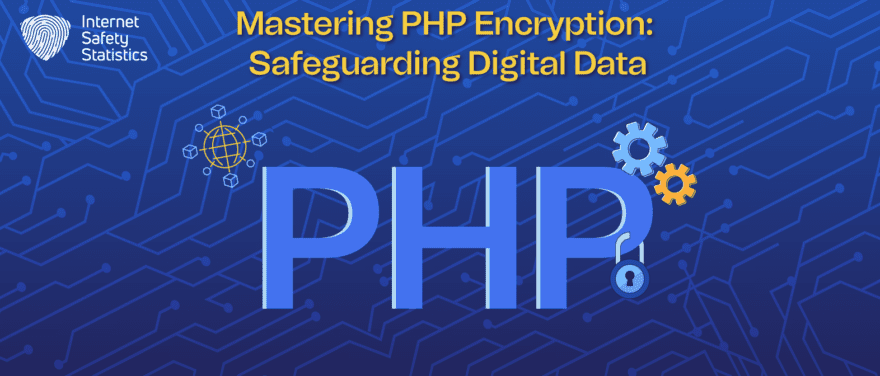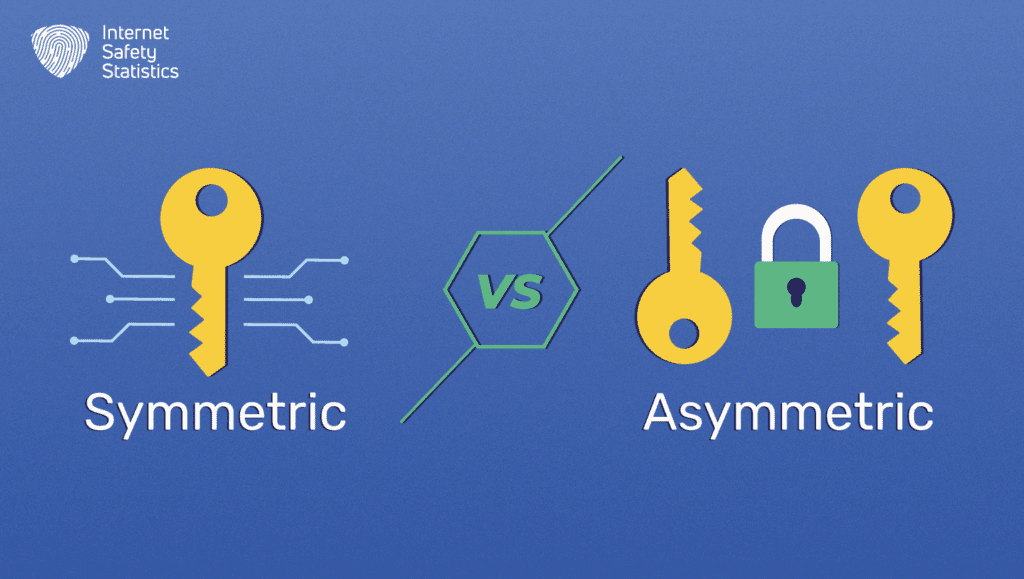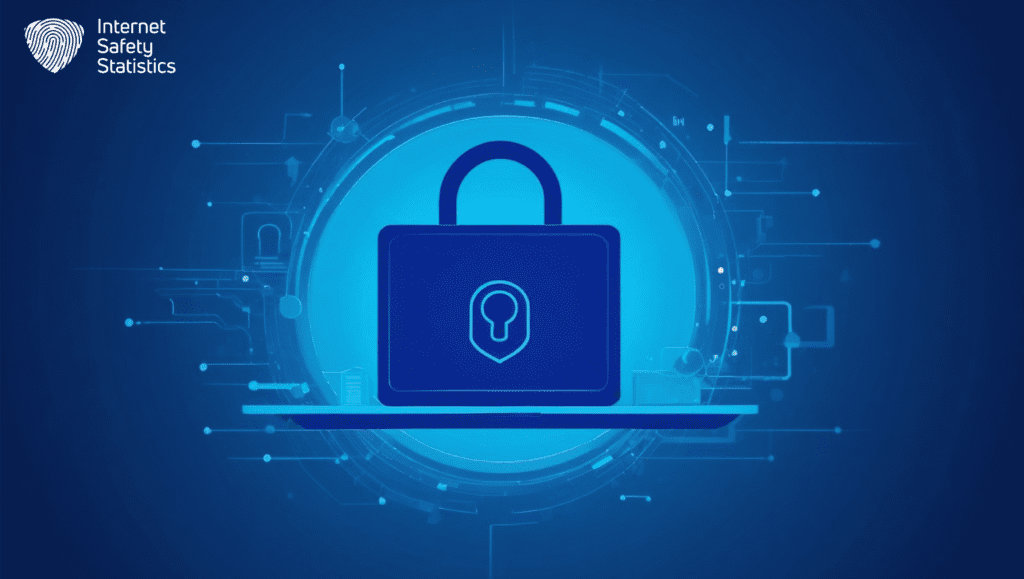
Today, the sanctity and security of data have become paramount. With cyber threats looming larger by the day, the importance of data encryption cannot be overstated. It acts as the first line of defence, transforming sensitive information into unreadable code to protect it from unauthorised access and breaches.
PHP, a cornerstone in web development, plays a pivotal role in fortifying this digital fortress. Known for its versatility and widespread use in creating dynamic web content, PHP also offers robust mechanisms for data encryption, crucial for safeguarding sensitive information in web applications.
This article aims to delve deep into the world of PHP encryption methods. We will explore the various techniques PHP offers to encrypt data, ensuring a secure and trustworthy environment for web-based applications. From understanding basic encryption principles to implementing advanced encryption strategies, this piece serves as a comprehensive guide to mastering PHP encryption, an essential skill in the toolkit of web developers and security enthusiasts alike.
Understanding PHP Encryption
In the realm of web security, PHP encryption stands as a crucial concept, often shrouded in complexity yet fundamental to the protection of digital data. At its core, PHP encryption is the process of converting plain text or data into a coded format, rendering it unreadable to anyone except those who possess the key to decrypt it. This transformation is vital in a world where information is a currency and its protection a necessity.
The significance of encryption in web development is immense. Websites and web applications routinely handle sensitive data, from personal user details to financial information. The encryption of this data ensures its confidentiality, integrity, and security, safeguarding it from malicious entities and cyber threats. In PHP, a language that powers a significant portion of the web, implementing encryption is not just a best practice but a responsibility.
Understanding the basic concepts of cryptography in PHP is the foundation upon which secure web applications are built. PHP provides a variety of cryptographic tools and functions, ranging from simple hashing algorithms to more complex encryption and decryption techniques. These include the use of PHP’s inbuilt functions for robust security measures. Additionally, understanding key concepts such as symmetric and asymmetric encryption, hashing, and SSL/TLS for secure data transmission becomes paramount for any developer working with sensitive data in PHP environments.
By grasping these fundamental principles, developers can effectively leverage PHP’s capabilities to create web applications that are not only functional and user-friendly but also secure fortresses in the face of growing digital threats.
Types of PHP Encryption Methods
The intricate world of PHP encryption is marked by diverse methodologies, each tailored to meet specific security needs. Central to this landscape are two primary types of encryption, Symmetric and Asymmetric, along with the essential process of Hashing. Understanding these methods is crucial for developers to make informed decisions about securing data in PHP applications.
Symmetric vs. Asymmetric Encryption: Definitions and Comparisons
Symmetric Encryption, often referred to as secret key encryption, involves the use of a single key for both encrypting and decrypting data. This method is known for its speed and efficiency, making it ideal for encrypting large volumes of data. PHP supports symmetric encryption through functions like ‘mcrypt_encrypt’ and ‘openssl_encrypt’. The challenge with symmetric encryption lies in the secure distribution and management of the secret key, as its compromise leads to the vulnerability of the encrypted data.
Asymmetric Encryption, on the other hand, employs a pair of keys—a public key for encryption and a private key for decryption. This method, exemplified by technologies such as SSL/TLS, ensures that even if the encryption key is public, only the rightful owner of the private key can decrypt the information. While more secure due to this key separation, asymmetric encryption is computationally heavier, making it less efficient for encrypting large data sets.

Overview of Hashing and its Role in PHP Encryption
Hashing is a form of one-way encryption that transforms data into a fixed-length hash value, which is virtually impossible to reverse. In PHP, functions like password_hash() and hash() are commonly used for hashing passwords and other sensitive data. The uniqueness of a hash value to its original data makes hashing a critical component in maintaining data integrity and security. Hashing is not used for data retrieval but rather for verification purposes, such as confirming the authenticity of data or user credentials.
Popular PHP Encryption Libraries and Extensions
The PHP ecosystem offers a range of libraries and extensions to facilitate robust encryption practices. Some popular choices include:
- OpenSSL Extension: A comprehensive toolset that provides robust methods for both symmetric and asymmetric encryption.
- Sodium Library: Introduced in PHP 7.2, Sodium is a modern and easy-to-use library for encryption, decryption, and key management.
- PHP Encryption Library: A user-friendly library offering high-level encryption functionalities and is often preferred for its simplicity and effectiveness.
Each of these tools comes with its unique features and specifications, catering to different encryption requirements. By utilising these libraries, PHP developers can enhance the security of web applications, ensuring the safeguarding of sensitive data against potential cyber threats.
Symmetric Encryption in PHP
Symmetric encryption in PHP is a critical tool for developers aiming to secure data efficiently. Let’s find out more about PHP’s built-in functions for symmetric encryption, practical examples, and essential security considerations.
Exploring PHP’s Built-in Functions for Symmetric Encryption
PHP provides several functions for implementing symmetric encryption, with ‘openssl_encrypt’ and ‘mcrypt_encrypt’ being among the most widely used. These functions allow developers to encrypt and decrypt data using a variety of algorithms, such as AES and DES, depending on their security requirements.
Security Considerations and Best Practices
While symmetric encryption is straightforward, it is vital to adhere to best practices to ensure data security:
- Key Management: Securely manage the encryption keys. Exposure of the key can compromise all encrypted data.
- Strong Algorithms: Use strong and widely accepted encryption algorithms like AES.
- Secure Key Transmission: Ensure that the key transmission process is secure and encrypted.
Asymmetric Encryption in PHP
Asymmetric encryption adds an extra layer of security in PHP applications by utilising two keys: public and private.
Detailed Explanation of Asymmetric Encryption in PHP
Asymmetric encryption in PHP can be implemented using the OpenSSL extension, which provides a robust set of tools for handling public and private keys. This method is particularly advantageous for scenarios where secure data transmission is required between different parties.
Case Studies of Asymmetric Encryption in Real-world Applications
Asymmetric encryption is widely used in various applications:
- Secure Email Communication: Tools like PGP use asymmetric encryption to secure emails.
- SSL/TLS for Web Security: Websites use SSL/TLS, which relies on asymmetric encryption, to secure data transmission between the server and client.
- Secure File Transfer: Systems like SSH file transfer protocol employ asymmetric encryption for secure file transmission over the internet.
Hashing and Its Implementation in PHP
Hashing is an integral part of data security in PHP, particularly when it comes to storing and verifying sensitive information like passwords.
Understanding Hashing and Its Importance
Hashing is a process that converts input data of any length into a fixed-size string of text, usually using a hash function. The primary characteristic of a good hash function is that it is virtually impossible to reverse-engineer the original input from the hash. Hashing is crucial for maintaining data integrity and security, especially in applications like password storage, where protecting user information is paramount.
Best Practices in PHP Encryption
Here is a closer look at the best practices in PHP encryption to guarantee you optimum results:
Importance of Using Updated PHP Versions for Better Security
Keeping PHP versions updated is crucial for maintaining strong security in web applications. Each new release of PHP often comes with security enhancements and fixes for vulnerabilities discovered in previous versions. Running outdated PHP can expose applications to known security risks, making them an easy target for attackers.
Guidelines for Selecting Encryption Methods and Libraries
Choosing the right encryption methods and libraries is fundamental for effective security in PHP. Here are some guidelines to help make informed decisions:
- Assess Your Needs: Understand the specific requirements of your application. Different applications may demand different levels of security and types of encryption.
- Use Well-established Libraries: Opt for libraries and extensions that are widely recognised and maintained. Libraries like OpenSSL and Sodium in PHP are reliable choices.
- Check for Updates and Support: Select libraries that receive regular updates and have active community support. This ensures that the library stays updated with the latest security practices.
Common Mistakes and How to Avoid Them in PHP Encryption
- Using Deprecated Functions: Avoid using outdated functions like ‘md5()’ or ‘sha1()’ for sensitive data. Instead, use modern algorithms like ‘bcrypt’ for password hashing.
- Hardcoding Keys in Code: Never hardcode encryption keys directly in the code. Store them securely using environmental variables or secure configuration files.
- Ignoring Error Handling: Implement proper error handling while encrypting and decrypting data. This helps identify issues early and avoids data loss or corruption.
Role of Encryption in Securing Web Applications
Encryption plays a pivotal role in securing data transmitted over the internet. It ensures data privacy, secures user credentials, and protects sensitive information from interception and unauthorised access.

Understanding and Implementing Certificate-Based Encryption
Certificate-based encryption involves using digital certificates to manage public keys for encrypting and decrypting data. Here’s a brief overview:
- Obtain or Generate a Certificate: You can obtain a digital certificate from a trusted Certificate Authority (CA) or generate a self-signed certificate.
- Implementing in PHP: Use PHP’s OpenSSL functions to implement certificate-based encryption, ensuring secure data transmission, especially over HTTPS.
Future Trends and Developments in PHP Encryption
The field of encryption is constantly evolving with new algorithms and improved security practices. Keeping up with these trends is vital for PHP developers:
- Quantum Computing and Cryptography: As quantum computing advances, it poses new challenges to current encryption methods. PHP developers will need to adapt to quantum-resistant algorithms in the future.
- Increased Use of AI in Encryption: Artificial Intelligence (AI) is starting to play a role in enhancing encryption techniques and automated security protocols.
- Emphasis on End-to-End Encryption: With growing privacy concerns, there’s a trend towards implementing end-to-end encryption in more web applications, ensuring data is encrypted from its origin to its destination.
By adhering to best practices and staying informed about advancements in the field, PHP developers can effectively secure their web applications and contribute to a safer digital environment.
Legal and Compliance Considerations in PHP Encryption
Navigating the legal landscape and meeting compliance standards are critical aspects of implementing encryption in PHP.
Overview of Legal Standards and Compliance Requirements
In the digital era, various legal standards and compliance requirements govern the way personal and sensitive data is handled and protected. These standards aim to ensure that data is encrypted and managed securely to prevent unauthorised access and breaches.
- Data Protection Laws: Different countries and regions have specific data protection laws. For example, the European Union has the General Data Protection Regulation (GDPR), which sets stringent rules for data handling.
- Industry-Specific Regulations: Certain industries like healthcare and finance have additional regulations, such as HIPAA in the United States or PSD2 in the European Union, which mandate specific encryption and security measures.
GDPR and Other Regulations Affecting PHP Encryption Strategies
The GDPR has significant implications for PHP encryption:
- Data Encryption Requirement: GDPR mandates that personal data must be encrypted if it poses a high risk to the rights and freedoms of natural persons. This includes data like health information, financial records, and personal identifiers.
- Data Breach Notification: In case of a data breach, companies are required to notify the relevant authorities and, in certain circumstances, the affected individuals, particularly if unencrypted data is involved.
- Cross-Border Data Transfer: GDPR also affects how data is transferred outside the EU. Encryption plays a key role in ensuring that such transfers meet the adequacy standards required by the GDPR.
Balancing Usability and Security in Compliance with Laws
Striking the right balance between usability and security is crucial for meeting legal and compliance standards:
- User-Friendly Encryption: Implement encryption methods that do not hinder the user experience. For instance, seamless background encryption and decryption processes can ensure security without impacting usability.
- Regular Compliance Audits: Conduct regular audits to ensure that the encryption methods used are compliant with the latest legal standards and industry regulations.
- Encryption Key Management: Efficient management of encryption keys is vital. Ensure that keys are stored and handled securely in compliance with legal standards.
- Documentation and Reporting: Keep detailed records of all encryption protocols and practices. This documentation is essential for demonstrating compliance during legal audits or investigations.
In summary, understanding and adhering to legal and compliance standards is as important as the technical implementation of encryption in PHP. By staying informed about the evolving legal landscape and proactively adjusting encryption strategies, developers and organisations can ensure that their PHP applications are not only secure but also legally compliant.
Practical Case Studies: PHP Encryption in the Real World
Delving into practical case studies provides invaluable insights into the application of PHP encryption in various scenarios.
Real-World Examples of PHP Encryption
- E-Commerce Security: In an e-commerce platform, PHP encryption is crucial for protecting customer data. For instance, a renowned online retailer implemented AES (Advanced Encryption Standard) to encrypt customer payment details. This approach ensured that sensitive information remained secure, even in the event of a data breach.
- Healthcare Data Protection: A healthcare portal uses PHP to encrypt patient records. By employing asymmetric encryption with a public-private key mechanism, they ensured that only authorised personnel could access sensitive health information, thereby complying with HIPAA regulations.
- Secure Communication Platforms: An enterprise communication tool utilises PHP hashing algorithms for securing passwords. The use of ‘password_hash’ and ‘password_verify’ functions provided a robust defence against password cracking attempts.
The journey of learning and adapting in the field of PHP encryption is ongoing. Developers and security professionals must continuously engage with the latest trends, update their skills, and implement the best practices to stay ahead of potential vulnerabilities. By doing so, they not only protect data but also contribute to the broader goal of a safer, more secure digital world.
As we navigate this dynamic terrain, let’s commit to a proactive stance in our PHP encryption practices, ensuring that our web applications remain resilient against the ever-changing threats of the cyber world.
Stay Safe, Everyone!
